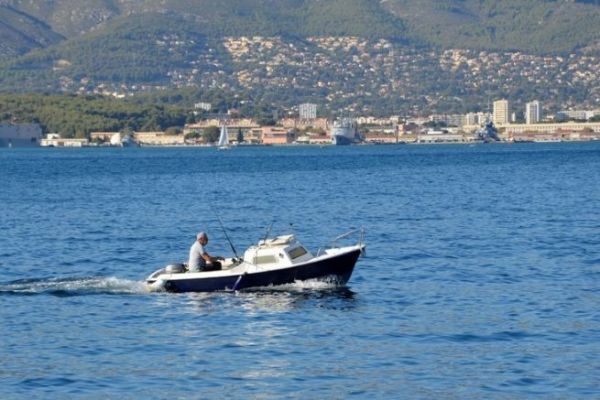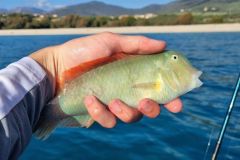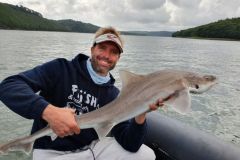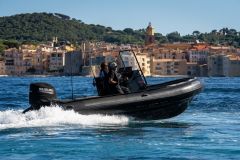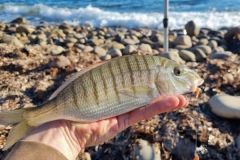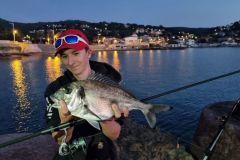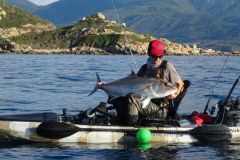Choosing the right depth
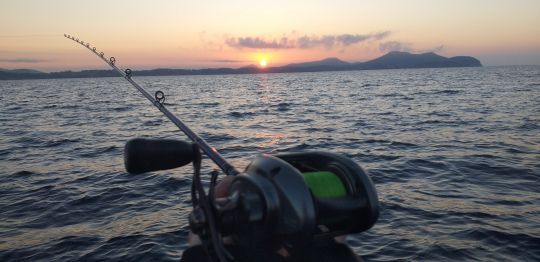
Inshore trolling may seem simple, but it requires a minimum of knowledge of fish behaviour.
Fish feeding zones vary according to season and weather conditions. The warmer the water and air temperatures, the more fish will congregate in less water. However, it's not when the sun is at its zenith that a shallow area should be favored, but rather at sunrise and sunset. When it's cold, the phenomenon is reversed, with fish congregating at depth and moving towards the edges in the middle of the day.
As a general rule, you should keep your lures between 2 and 5 metres above the bottom at most, as inshore species are not always able to travel a great distance to bite.
The right type of bottom for trolling
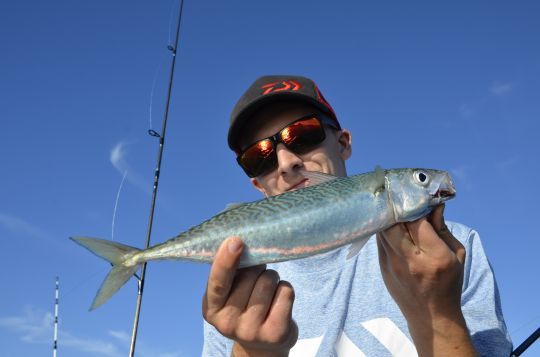
Each species of fish feeds on specific areas. The diet of fish depends on their ability to feed on certain types of bottom. For example, sparids can feed on crustaceans and small fish in rocky areas, but also on invertebrates on sandy bottoms.
Mats of seagrass, particularly posidonia, are also good hunting grounds for most predators. These include both bottom-dwelling fish and fish that move through the water, such as oblade, barracuda and wolffish.
Speed and lures to match
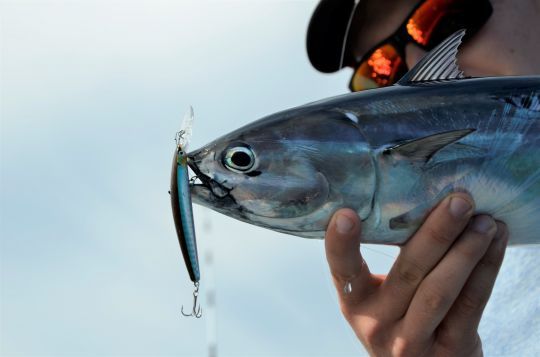
The vast majority of coastal species do not move very fast. So it's important not to drag too fast or you'll never get a bite. Ideally, your boat speed should vary between 1 and 3 knots, depending on the season and the type of lure you're using. Some lures can't swim properly above a certain speed, so you'll need to keep a close eye on your speed.
In rocky areas, lures capable of moving between 0 and 2 metres below the surface are the most effective, as this is also the layer of water in which predators hunt. On sandy-muddy bottoms, on the other hand, deep diver lures can be used to strike the substrate without snagging. Lure size is also important, as an 80 cm barracuda will not always have the same diet as a 20 cm oblade. You therefore need to change lures frequently to find the most effective one, and then incite with the latter on areas that produce hits.

 /
/ 